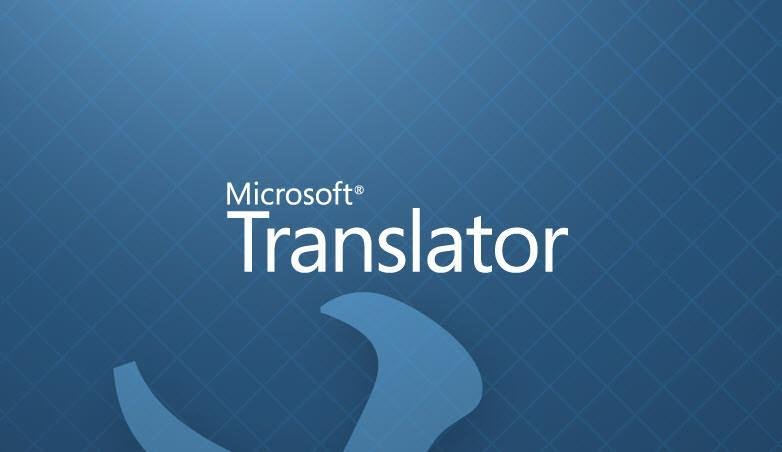Microsoft yesterday announced the expansion of Microsoft Translator functionality to a total of 100 languages.

The latest update to Microsoft Translator offers support for 12 new languages and dialects. Baskir, Divehi, Georgian, Kyrgyz, Slavo-Macedonian, Mongolian (Cyrillic), Mongolian (Traditional), Tatar, Tibetan, Turkmen, Uighur and Uzbek (Latin).
The 12 new languages are spoken by more than 84,6 million people around the world, so they can now use Microsoft Translator to communicate with people from other countries and vice versa. Microsoft reports that progress on technologies of artificiality intelligences allowed the company to expand the list of supported languages and thus help preserve "low demand" and endangered languages.
Microsoft Translator, for example, supports unusual dialects and languages, such as Inuktitut, spoken by some 40.000 people in Canada. Microsoft's efforts to expand its translation capabilities help not only ordinary users but also entrepreneurs in their commercial transactions.
Microsoft Translator is available through several productthe and operating systems. Users can access the service from the web, from Android and iOS.
In Windows, however, Microsoft Translator is available only through the web interface. Although the site urges users to install Microsoft Translator for Windows, the latter is no longer available as Microsoft stopped its design a while ago.
You can read more about Microsoft Translator and its latest milestone in one blog post on the official website. The Android app is available from Google Play Store and for iOS from the App Store.





